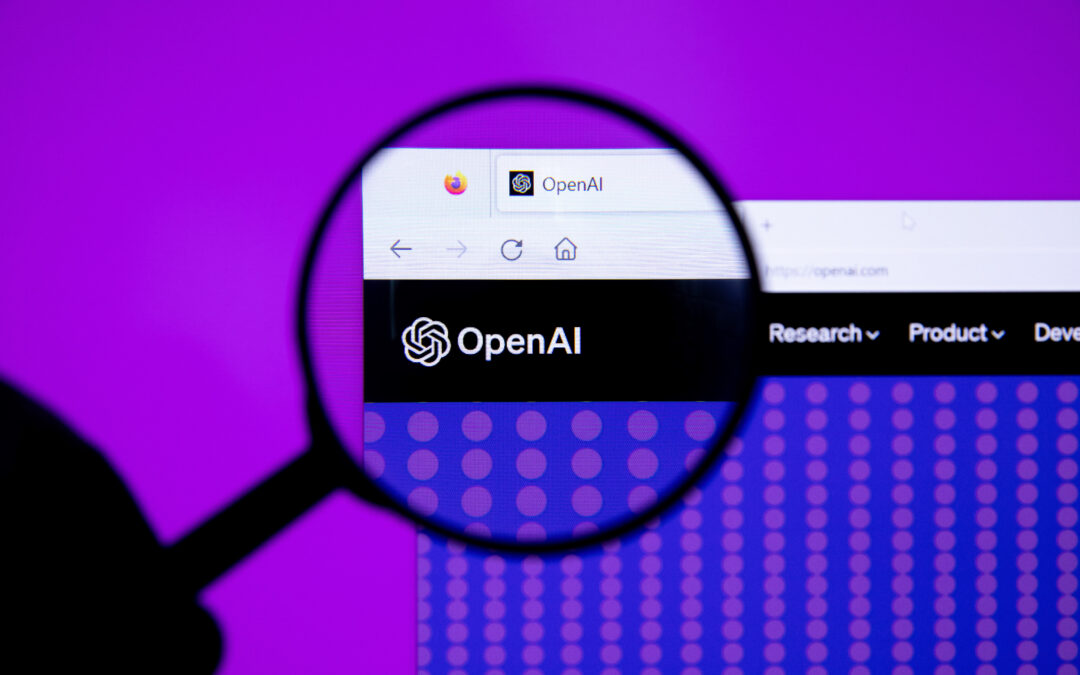How to Stop Another OpenAI Meltdown
In recent years, OpenAI has made significant strides in the field of artificial intelligence, pushing the boundaries of what machines can accomplish. However, with the rise of increasingly advanced AI systems, there is also a growing concern over potential AI meltdowns. These instances refer to situations where AI systems fail to perform as intended, resulting in undesirable outcomes or even harmful consequences. To prevent another OpenAI meltdown, several strategies can be implemented.
1. Establish Robust Testing and Validation Procedures
One of the crucial steps to curb future OpenAI meltdowns is to develop comprehensive testing and validation frameworks for AI systems. Rigorous testing can help identify potential issues, vulnerabilities, and biases within the AI models before they are deployed into the real world. By simulating various scenarios and stress-testing the system under controlled environments, developers can effectively identify weaknesses, address them, and minimize the risk of meltdowns.
2. Implement Continuous Monitoring and Feedback Loops
AI systems should not be left on their own after deployment. Continuous monitoring and feedback loops are essential to detecting performance degradation or potential indications of an impending meltdown. Creating mechanisms that actively collect data from AI applications deployed in production helps identify any anomalies or unexpected behaviors. Regularly assessing and analyzing these metrics can enable swift intervention and corrective actions when necessary.
3. Encourage Ethical Considerations and Responsible AI
OpenAI has demonstrated a strong commitment to responsible AI development. Ensuring that AI development follows strict ethical guidelines, promoting transparency, and avoiding biases in AI decision-making processes are vital for preventing meltdowns. By fostering an environment where ethics and responsible practices are prioritized, OpenAI can contribute to reducing the likelihood of unintended consequences and undesirable outcomes.
4. Foster Collaborations and Knowledge Sharing
Collaboration is crucial in mitigating the risks associated with AI meltdowns. OpenAI should actively engage with industry experts, researchers, and regulatory bodies to develop best practices and standards. Encouraging knowledge sharing and open dialogue facilitates the identification of potential risks, promoting research in AI safety measures, and collectively working towards preventing meltdowns.
5. Implement Redundancy and Fail-Safe Mechanisms
To minimize the potential impact of an AI meltdown, incorporating redundancy and fail-safe mechanisms is essential. OpenAI should design AI systems with backup plans and alternative approaches in case of failures or unexpected outcomes. Ensuring that these fail-safe mechanisms are thoroughly tested and maintained is critical for preventing meltdowns and swiftly recovering from any potential disruptions.
Conclusion
OpenAI has undeniably revolutionized the AI landscape, but the risks associated with AI meltdowns should not be overlooked. By adopting robust testing, continuous monitoring, ethical practices, collaboration, and implementing fail-safe mechanisms, OpenAI can significantly reduce the likelihood of meltdowns. Striving for responsible AI development ensures that the benefits of AI outweigh any potential risks, making the world a safer place as we move further into the age of artificial intelligence.


Recent Comments